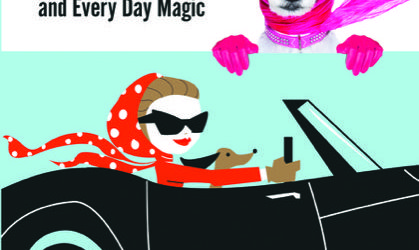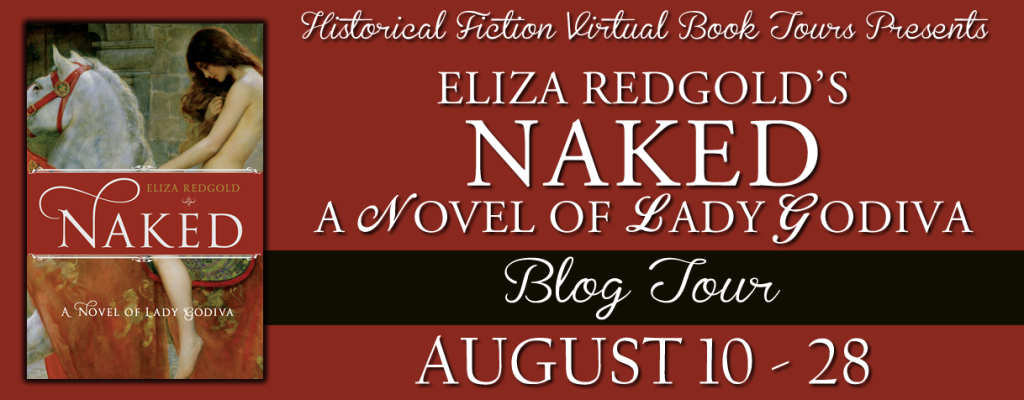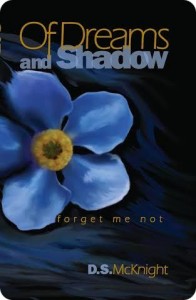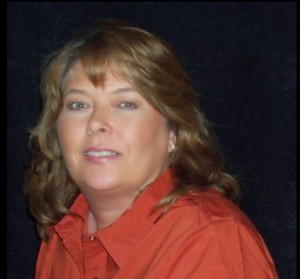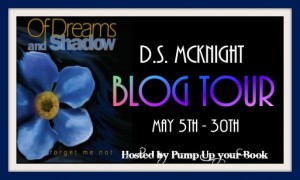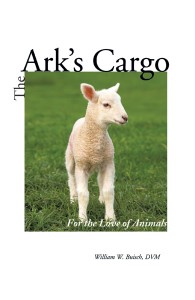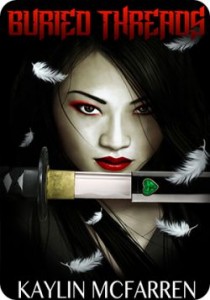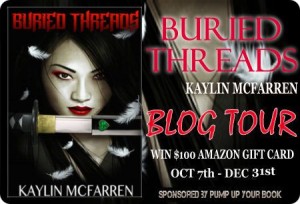 About the book, The Unfaithful Widow Ten Years Later
About the book, The Unfaithful Widow Ten Years Later
- Print Length: 374 pages
- Genre: Memoir
- Publisher: Amazon Digital Services, LLC
- ASIN: B07YBNHXZG
- Scroll down for Guest Post and Tour Info
Picking up where The Unfaithful Widow ended, Ten Years Later continues the author’s journey from widow to a slightly askew woman. A memoir written with warmth and candor on being single again, aging, and finding a creative path surrounded by dogs, friends, laughter, and a bit of craziness. Barbara Barth shares stories on the adventures that followed her first year alone as she moved headfirst into a new life, listening to her heart, sometimes not so wisely, but always full speed ahead. Join her on the ride of her life, from owning an antique shop to moving to a Victorian cottage outside of Atlanta, and all the follies in between. Going into the next decade with six dogs by her side, the author proves you are only as old as you feel, and happiness begins with a grateful heart. A funny and engaging memoir for anyone who wants to be their own superhero facing life’s good and bad moments.
Buy, read, and discuss this book:
 About the author, Barbara Barth
About the author, Barbara Barth
Author, blogger, sometimes antique dealer, dog hoarder, bedazzled by life. Widowed ten years ago, Barth writes about finding a creative path back to happiness. Her recent move to a 1906 historic cottage brought many surprises, including discovering the Monroe–Walton Center for the Arts where she started the monthly Walton Writers group and is on the MWCA Board as Literary Arts Chair. Barth is a contributor to Walton Living Magazine and a former blogger for The Balancing Act, Lifetime Television’s morning show for women. Currently she lives with six dogs, rescue dogs that rescued her.
Connect with Barbara
Guest Post from Barbara Barth
Grief Over the Years and Finding Happiness Again
Writing about grief is a tough subject. Everyone handles it in their own way. There is no right or wrong way to move forward. My memoirs are only my stories, but I hope they make people laugh and see they are not alone with their sadness, loneliness, or crazy way of dealing with life.
A recent review on Amazon written by a friend made me stop and think about the past ten years (the subject of my new memoir). I’m sharing it with you here because it speaks better than anything I could write.
“Barbara Barth lost her husband, her mother, and three dogs she loved. Most of an inheritance she had was a casualty of several business ventures that were not financial successes–though she tells us they were successful in other ways. She endured three major surgeries, including a hip operation that went badly wrong putting her temporarily in the Nursing Home From Hell. Given all that, you would expect this book to be a sad or depressing book. Yet it is anything but. Ms. Barth deals with her troubles and with life in general with good grace and a quirky sense of humor and a spirited will to live a creative life come what may. As long as there are dogs.”
Of course, my initial reaction to that list made me think I sounded like a darn train wreck. Then I smiled. The important part of that review are the final words; good grace and quirky humor, and of course, the dogs.
I have a passion for art, writing (which was new to me after I lost my husband), books, antiques, dogs, and making new friends. Keeping busy, doing all the things I loved, helped me find myself again. I wanted to do something I’d never done before (writing) to make sense of my loss and the year I had my shop (2011) brought many creative people into my life. I felt full of purpose, and purpose is a powerful drug for me.
The loss of my mother in 2016 changed things again. She was always in my corner with all the crazy things I did, and we had writing in common. At 84 she started writing again (she wrote when we were kids) and we shared our stories at night. We talked every evening on the phone and, as her health declined, sometimes several times a day. I didn’t always like calling her at 10 PM, which I did even if I was out with friends, but I knew how much she looked forward to hearing another voice at night. My nights are quieter now without those calls, but if I get lonely, I pick up the phone and find a friend to laugh with. Friends are my lifeline and I treasure mine.
My only advice, if you call it advice, is to stay involved with life. Do what you love, be it art or writing or dancing or grandkids. We all have those buttons that make us happy. Press those buttons and carry on the best you can. Take all the time you need to heal but reach out to life and friends, even if it is only baby steps until you feel grounded again.
Visit the Other Great Stops on this Tour
Today @ The Muffin
What goes better in the morning than a muffin? Grab your coffee and join us in celebrating the launch of Barbara Barth’s new book The Unfaithful Widow Ten Years Later. You can read an interview with the author and enter to win a copy of the book.
http://muffin.wow-womenonwriting.com
November 12th @ All Things Audry
Author Barbara Barth is a guest writer over at Audry’s blog today and will be talking about women friendships.
http://allthingsaudry.blogspot.com/
November 13th @ Words from the Heart
Stop by Linda’s blog and you can read a guest post by Barbara Barth about publishing anthologies.
https://contemplativeed.blogspot.com/
November 14th @ Thoughts in Progress
Visit Mason’s blog today and you can read Barbara’s guest post about starting a writing group. Don’t miss it!
https://masoncanyon.blogspot.com/
November 15th @ The World of My Imagination
Visit Nicole’s blog and read her review of Barbara Barth’s book The Unfaithful Widow Ten Years Later.
http://theworldofmyimagination.blogspot.com
November 16th @ Lori Duff Writes
Stop by Lori’s blog today where you can read her interview with Barbara Barth and read her review of Barbara’s book The Unfaithful Widow Ten Years Later.
https://www.loriduffwrites.com/blog/
November 16th @ Jill Sheets Blog
Visit Jill’s blog today and you can read Barbara Barth’s guest post about self-publishing.
https://jillsheets.blogspot.com.
November 17th @ A Storybook World
Be sure to stop by Deirdra’s blog today and check out her spotlight of the book The Unfaithful Widow Ten Years Later and enter to win a copy of the book!
http://www.astorybookworld.com
November 18th @ Beverley A. Baird’s Blog
Be sure you visit Bev’s blog and read Barbara Barth’s guest post about starting over at 70. You won’t want to miss this!
http://beverleyabaird.wordpress.com
November 19th @ Look to the Western Sky
Be sure to visit Margo’s blog and read her interview with author Barbara Barth. Don’t miss it!
November 20th @ Anthony Avina’s Blog
Make sure you visit Anthony’s blog today and read Barbara Barth’s guest post about publishing anthologies.
http://www.authoranthonyavinablog.com
November 21st @ Cassandra’s Writing World
Stop by Cassandra’s blog today and read her review of The Unfaithful Widow Ten Years Later. You can also enter to win a copy of the book as well!
https://cassandra-mywritingworld.blogspot.com/
November 22nd @ Karen Brown Tyson’s Blog
Join us at Karen Brown Tyson’s blog where you can read a guest post about self-publishing by author Barbara Barth. Don’t miss it!
http://www.karenbrowntyson.com
November 23rd @ Beverley A. Baird’s Blog
Visit Bev’s blog again and you can read her review of Barbara Barth’s book The Unfaithful Widow Ten Years Later.
http://beverleyabaird.wordpress.com
November 24th @ Choices
Be sure to stop by Madeline’s blog and read Barbara Barth’s guest post that will be talking about women friendships.
November 25th @ Wild Woman Writer
Visit Anne’s blog today and you can read Barbara Barth’s blog guest post about starting over at 70.
https://wildwomanwriter2018.blogspot.com/
November 26th @ Life Like A Galaxy Girl
Stop by Alanna’s blog today and you can read her review of Barbara Barth’s memoir The Unfaithful Widow Ten Years Later.
http://lifelikeagalaxygirl.com/
November 27th @ Lisa Haselton’s Reviews and Interviews
Visit Lisa’s blog today and you can read her interview with author Barbara Barth and find out more about this incredible author!
http://lisahaseltonsreviewsandinterviews.blogspot.com/
November 28th @ Bibliotica
Stop by Melissa’s blog and make sure you read Barbara Barth’s guest post about grief over the years and finding happiness again.
November 29th @ Stranded in Chaos
Visit Sara’s blog and you can read her review of Barbara Barth’s book The Unfaithful Widow Ten Years Later.
https://strandupdate.blogspot.com/
November 30th @ Anthony Avina’s Blog
Visit Anthony’s blog again and read his review of Barbara Barth’s book The Unfaithful Widow Ten Years Later.
http://www.authoranthonyavinablog.com
December 1st @ Words from the Heart
Visit Linda’s blog and read her review of Barbara Barth’s book The Unfaithful Widow Ten Years Later.
https://contemplativeed.blogspot.com
December 2nd @ Women’s Writing Circle
Stop by the blog Women’s Writing Circle and you can read a guest post by Barbara Barth about adopting dogs while all her friends are having grandkids. Don’t miss this one!

